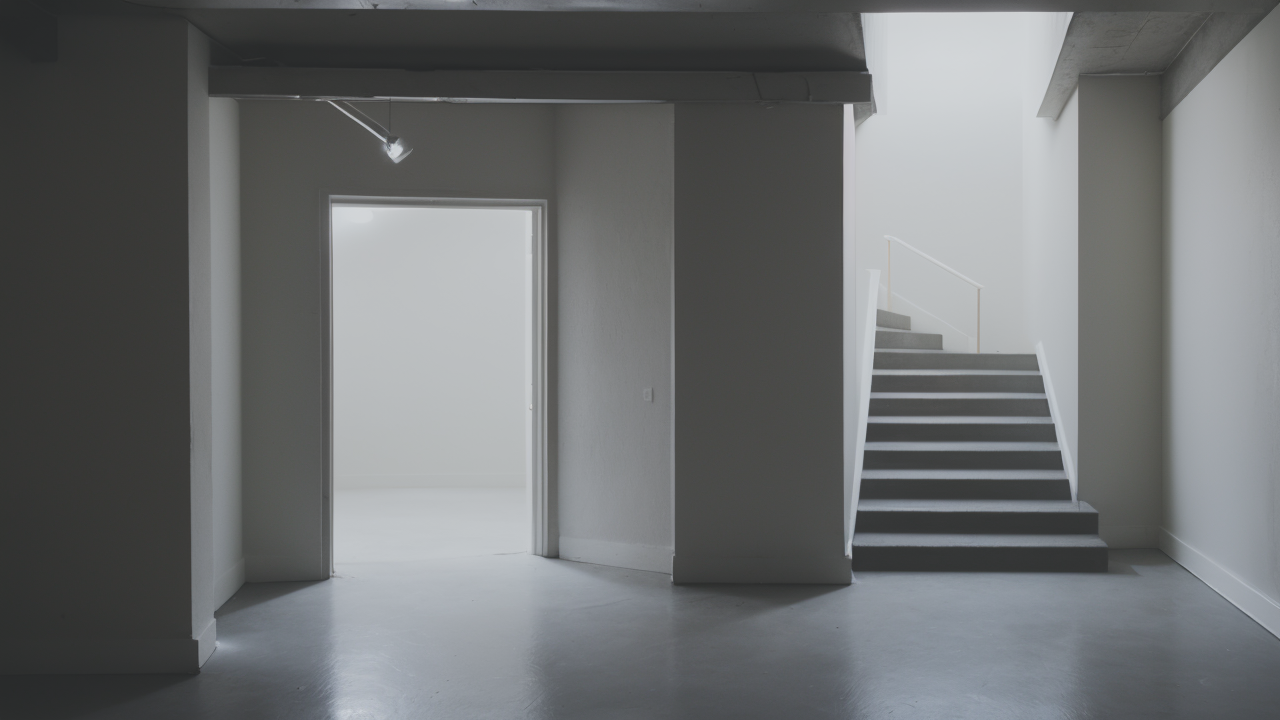
Sculpting Dreams: How Plaster Transforms into Stunning Artpieces
The Role of Plaster in Modern Art: Exploring Durability and Versatility
The Aesthetic Appeal of Plaster in Installation Art
Plaster has become a favorite medium for many contemporary artists. Its versatility allows for

endless creative possibilities. Artists love how plaster can be molded into any shape or form.
It can be smooth or textured, painted or left raw.
One of the main appeals of plaster is its ability to capture fine details. It can replicate
textures and patterns with amazing accuracy. This makes it perfect for creating both realistic
and abstract forms. Plaster also has a timeless quality that adds depth to artworks.
Many artists appreciate the raw, unfinished look of plaster. Others choose to paint or treat
the surface for different effects. Either way, plaster provides a unique aesthetic that stands
out in gallery spaces. Its neutral color serves as a perfect canvas for further artistic expression.
How Plaster Offers Unique Textural Qualities
Plaster's textural qualities make it a standout material in art. Its surface can range from
silky smooth to rough and grainy. Artists can manipulate plaster to create various textures.
This adds depth and interest to their installations.
When wet, plaster can be easily shaped and imprinted. Artists often press objects into it to
create patterns. They might use tools to carve designs or add texture. Once dry, these marks
become permanent features of the artwork.
Light interacts with plaster in interesting ways. Its matte finish softly diffuses light. This
can create subtle shadows and highlights. Artists often use this quality to add dimension to
their work. The play of light on textured plaster can bring installations to life.
Best Practices for Incorporating Plaster into Your Artwork
Selecting the Right Type of Plaster for Art Installations
Choosing the correct plaster is crucial for successful art installations. Different types of

plaster have unique properties. Here are some common options:
- Gypsum plaster: Fast-setting, good for casting and mold-making
- Lime plaster: Durable and breathable, often used for wall finishes
- Cement plaster: Strong and weather-resistant, ideal for outdoor use
- Acrylic plaster: Flexible and water-resistant, great for textures
Consider your project's needs when selecting plaster. Think about setting time, strength, and
finish. For large installations, a slower-setting plaster might be better. Outdoor works need
weather-resistant options.
Always test your chosen plaster before starting the main project. This helps ensure it meets
your needs and behaves as expected. Don't be afraid to mix different types for unique effects.
Preparing and Applying Plaster for Long-Term Installations
Proper preparation is key to creating lasting plaster installations. Follow these steps for
best results:
- Clean and prime the surface where you'll apply the plaster
- Mix the plaster according to manufacturer instructions
- Apply in thin layers, building up thickness gradually
- Allow each layer to dry completely before adding more
- Finish and seal the surface to protect your work
When working with plaster, safety is important. Wear a dust mask, gloves, and eye protection.
Work in a well-ventilated area to avoid breathing in dust particles.
For large installations, work in sections. This prevents the plaster from setting before you're
done. Keep extra materials on hand for unexpected needs. Patience is key - rushing can lead to
cracks or other issues.
Case Studies: Innovative Art Installations Using Plaster
Analyzing Successful Plaster Art Installations
Let's look at some notable plaster installations that have made an impact:

- Rachel Whiteread's "House" (1993): This work cast an entire house interior in plaster. It
challenged ideas of space and memory.
- Anish Kapoor's "Marsyas" (2002): This huge installation used stretched PVC and plaster. It
created an immersive experience at Tate Modern.
- Do Ho Suh's "Apartment A, Unit 2, Corridor and Staircase" (2011-2014): This life-size
apartment replica used colored resin and plaster for a ghostly effect.
These works show how versatile plaster can be. They push the limits of scale and concept. Each
one engages with space in a unique way. They prove that plaster can create powerful, moving art.
Successful plaster installations often share common traits. They usually:
- Explore new ways to use the material
- Interact meaningfully with their surroundings
- Combine plaster with other media in innovative ways
- Evoke strong emotions or thoughts in viewers
Lessons Learned from Plaster Art Installation Failures
While successes teach us what to do, failures offer valuable lessons too. Here are some common
issues with plaster installations:
- Poor surface prep: This can lead to cracking or peeling
- Incorrect mixing: This may result in weak or brittle plaster
- Rushing the drying process: This can cause warping or uneven finishes
- Ignoring environmental factors: Humidity and temperature affect plaster
- Running out of materials: This can disrupt the work's continuity
One example is the collapse of Anish Kapoor's "Dirty Corner" at Versailles in 2015. The outdoor
sculpture faced issues with weather exposure. This shows why considering the environment is crucial.
To avoid such problems, artists should:
- Research and test materials thoroughly
- Plan for potential challenges, especially outdoors
- Seek expert advice when trying new techniques
- Document their process to learn from successes and mistakes
By learning from these experiences, artists can push boundaries while ensuring their work lasts.
Plaster remains an exciting medium for contemporary art installations. With proper planning and
execution, it can lead to truly remarkable artworks.


